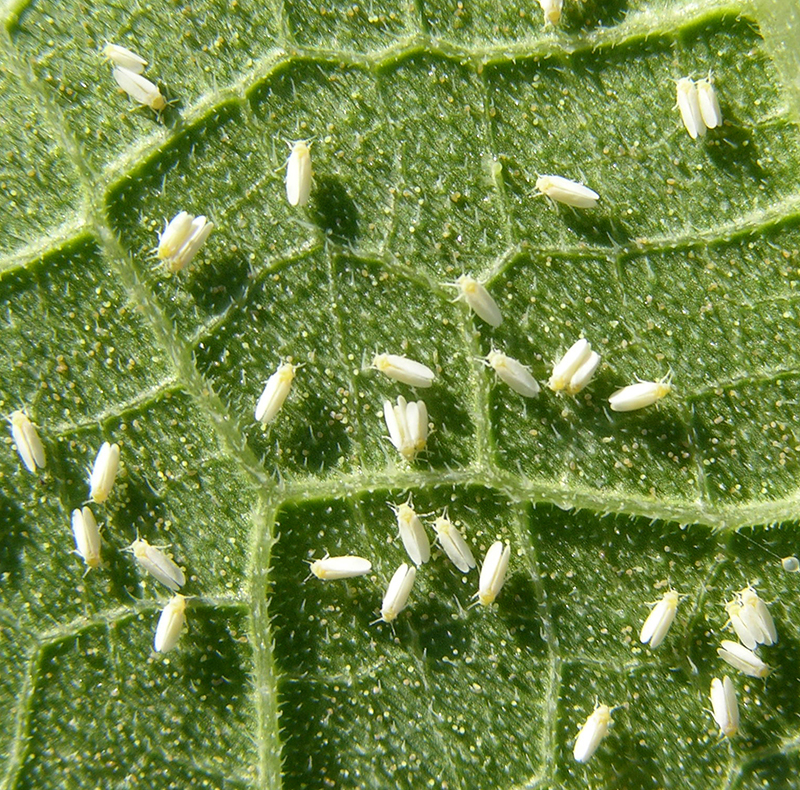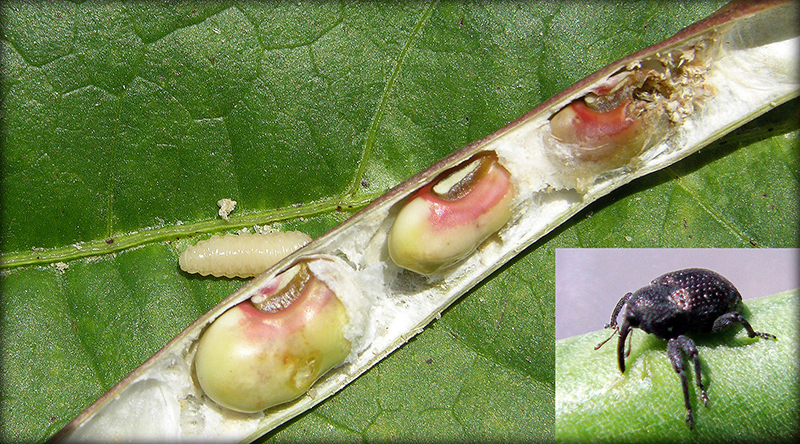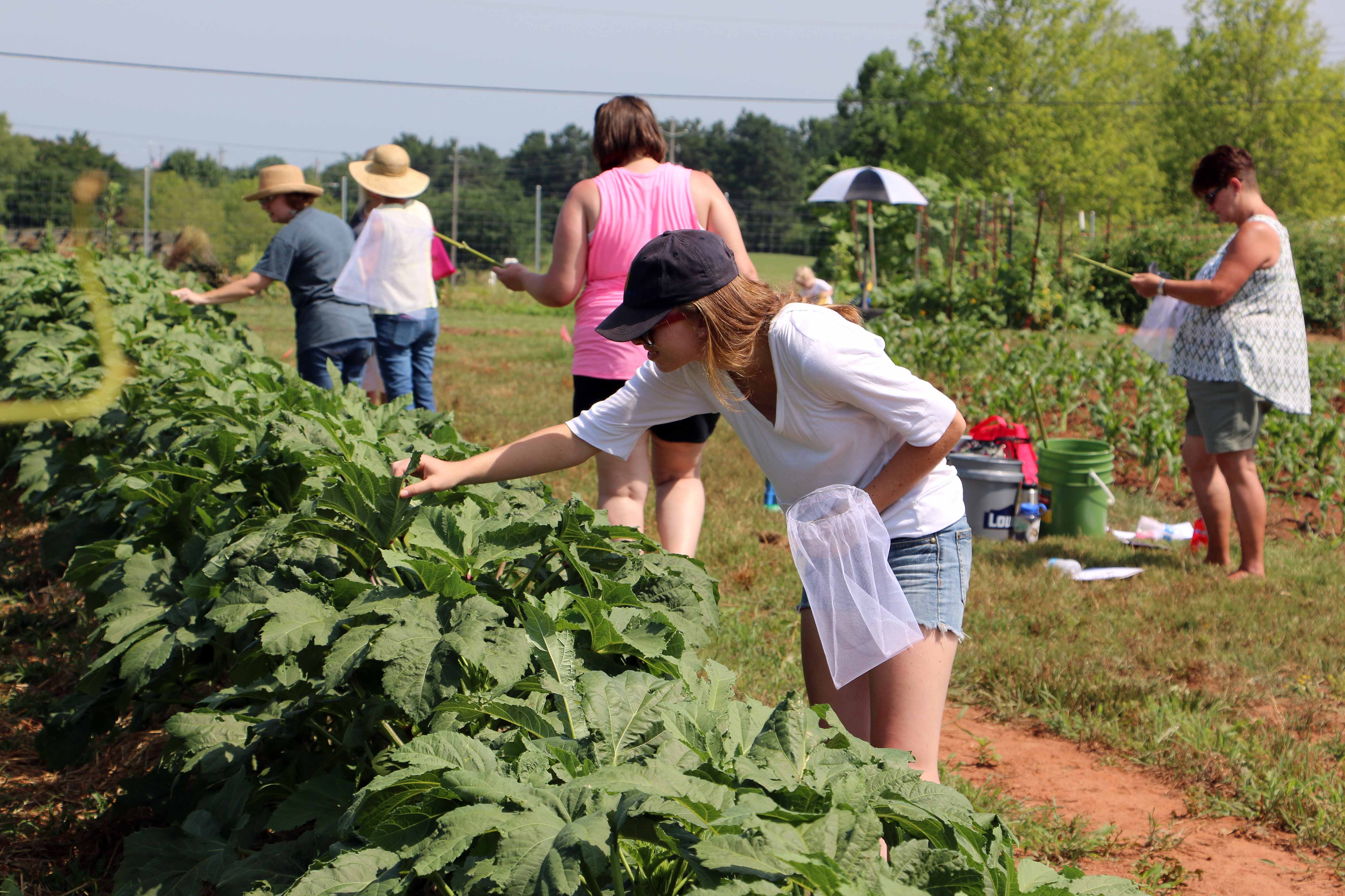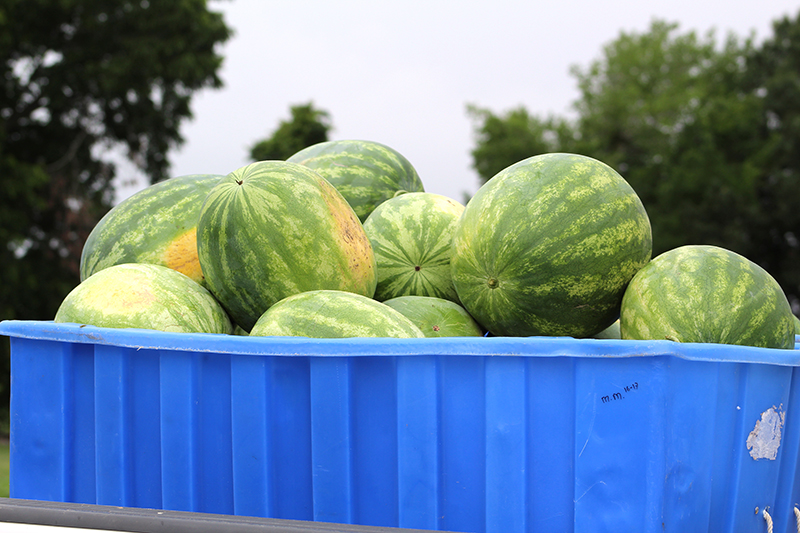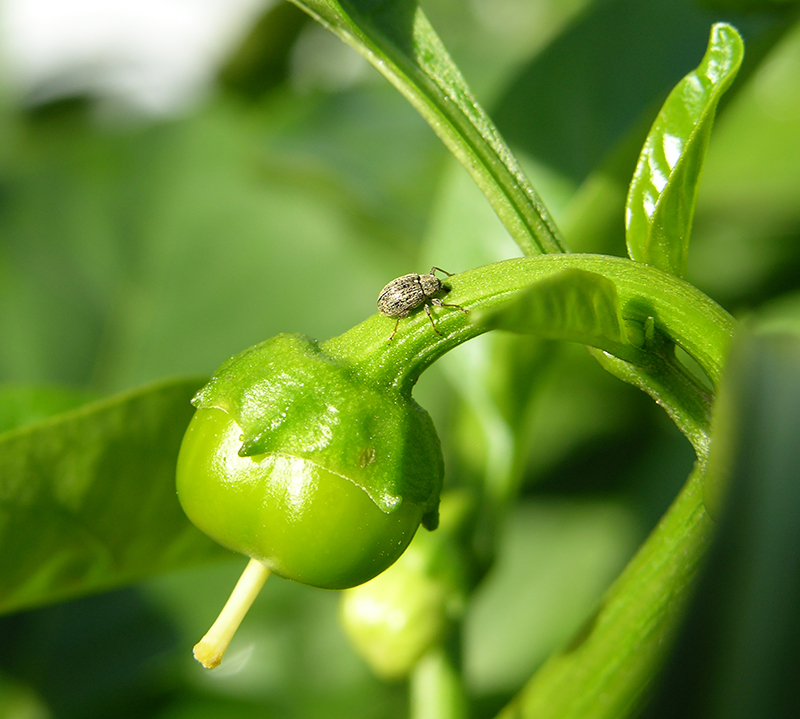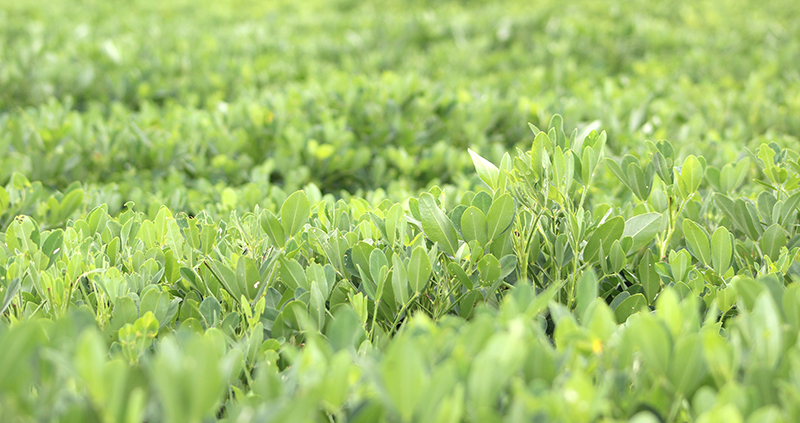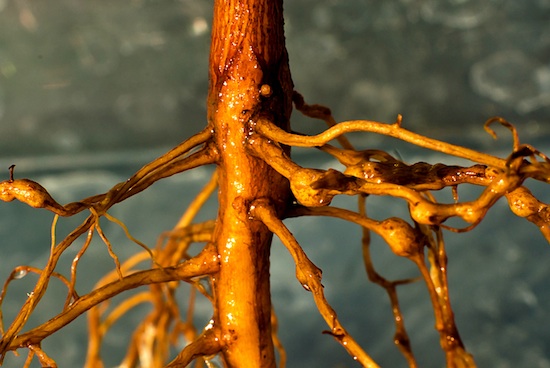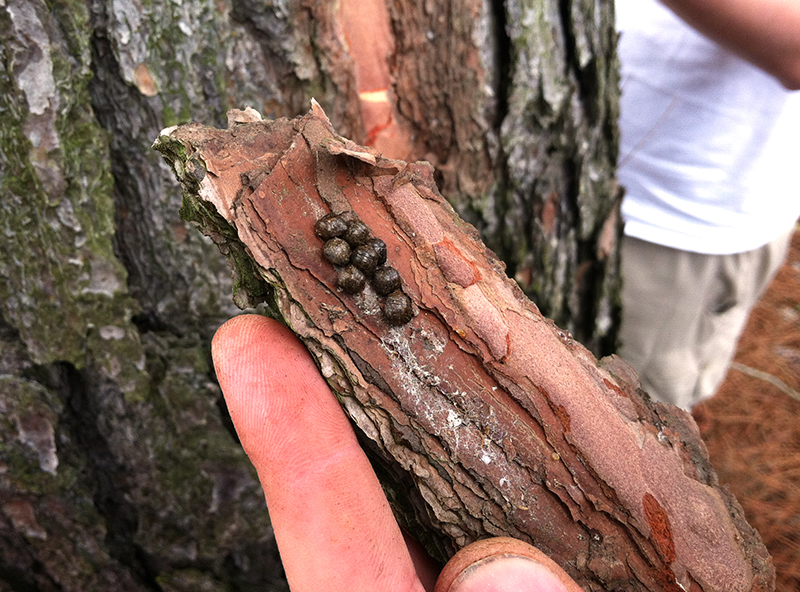 CAES News
CAES News
Kudzu Bug
A tiny wasp — known as “Paratelenomus saccharalis” — is cutting down kudzu bug populations and Georgia soybean farmers’ need to treat for the pest, according to Michael Toews, a University of Georgia entomologist based on the UGA Tifton campus.

